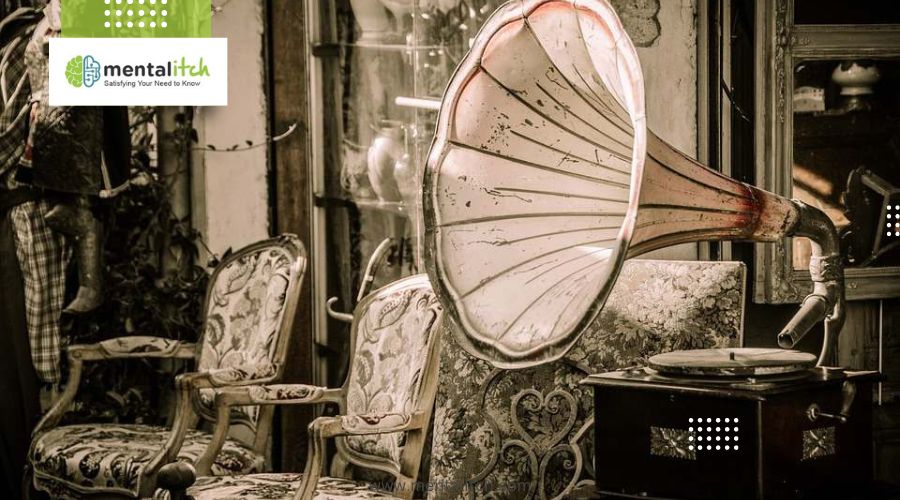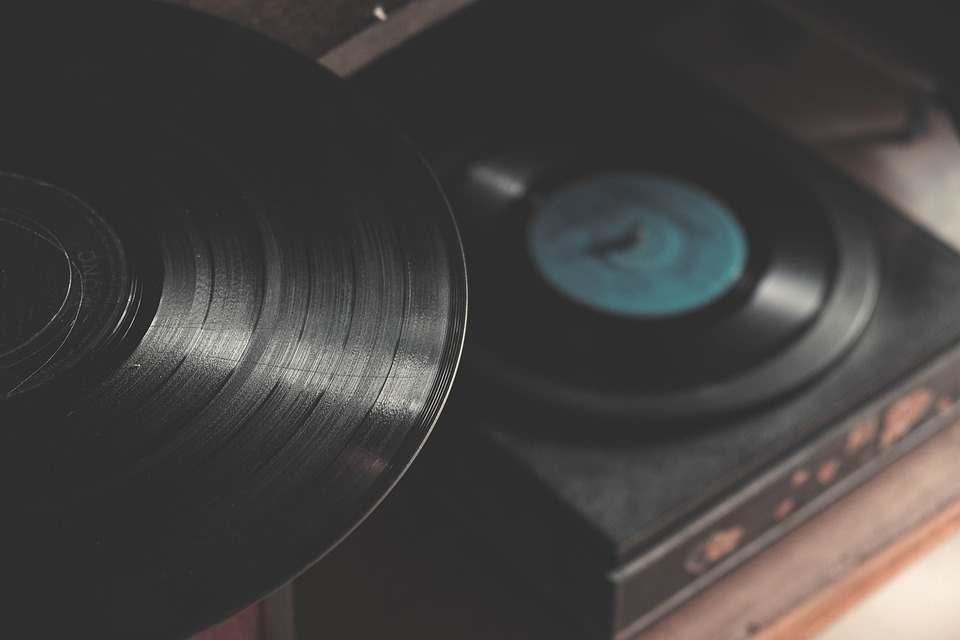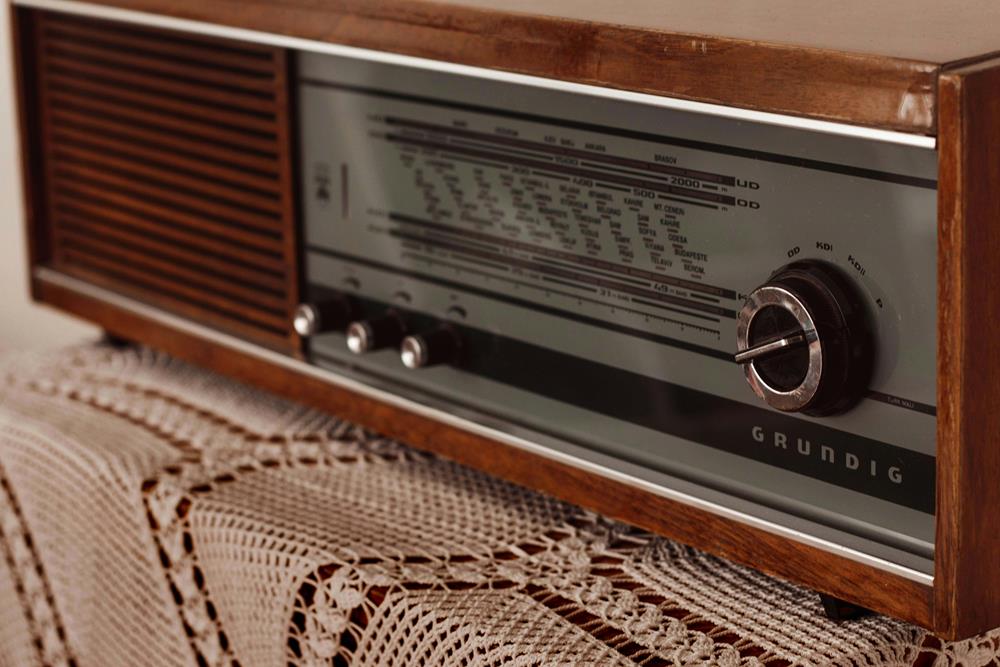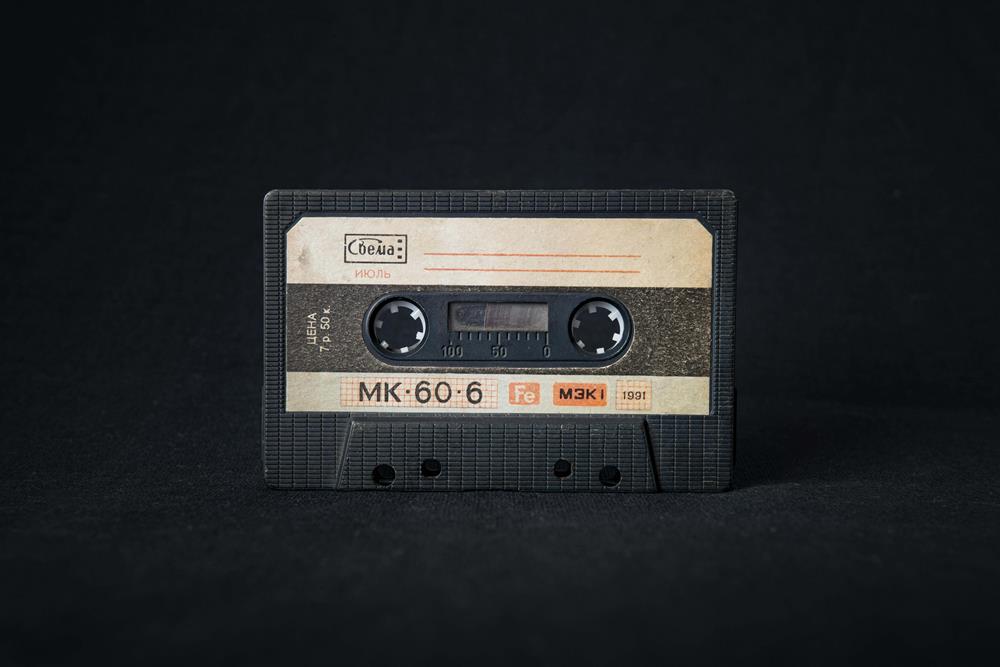In the 1970s, the music scene was vibrant and diverse, shaping the soundtracks of people’s lives. With the disco beats, rebellious punk anthems, and classic rock tunes, the era left an indelible mark on musical history. Understanding how people tuned into these sounds isn’t just a trip down memory lane—it’s a key to unlocking the spirit of the 1970s and its lasting impact on the way we experience music today.
How Did People Listen to Music in the 70s?
Music back in the days couldn’t be heard as easily as it is today! Let’s find how.
Vinyl Records
In the 1970s, vinyl records emerged as the heavyweight champions of music. Their rise was like a sonic revolution, changing how people connected with their favorite tunes. Vinyl wasn’t just a format; it was a cultural phenomenon.
Vinyl records, those big, black discs, became the go-to way to experience music. They had a unique charm, a warm sound that filled the room. People would gather around turntables, carefully placing the needle on the spinning record, and let the music transport them to another world.
The characteristics of vinyl records made them special. The large album covers were like mini works of art, often telling a story connected to the music inside. The tactile experience of holding a record, feeling the grooves, and dropping the needle added a tangible connection to the music.
Iconic album releases defined the era and left an everlasting impact on the music industry. Think of Fleetwood Mac’s “Rumours” or Pink Floyd’s “The Dark Side of the Moon.” These albums weren’t just collections of songs; they were cultural touchstones. They shaped the musical landscape and influenced generations to come. The artwork of “Abbey Road” by The Beatles or the gatefold design of Led Zeppelin’s “IV” became iconic symbols etched into the memories of music lovers.
Moreover, vinyl records were more than just a way to listen; they became statements of identity. People would showcase their favorite albums on shelves, creating a visual playlist that spoke volumes about who they were. It was a way to express individuality in a world that was rapidly changing.
The impact of vinyl records wasn’t just about the music—it was about creating an experience. It was about flipping through records at a store, carefully selecting the next addition to your collection, and sharing the joy of discovery with friends.
8-Track Tapes
The emergence of 8-track tapes marked a shift towards portability. Unlike bulky vinyl records, 8-tracks were compact and easy to carry. They found their way into cars, becoming the ultimate road trip soundtrack. People could pop these tapes into specially designed players and groove to their favorite tunes while cruising down the highway.
However, along with their convenience came some quirks. The technology had its advantages, such as the ability to skip tracks easily and the elimination of the need to flip the tape. Yet, there were limitations. The tapes had a limited number of tracks, usually four per program, leading to occasional interruptions as the player switched between programs. This quirk became part of the 8-track experience, creating a unique charm that enthusiasts remember fondly today.
The influence of 8-track tapes on music consumption habits was significant. They democratized music, allowing people to curate their own playlists and take them wherever they went. The ability to play music in cars made 8-tracks a driving force in the rise of personalized, on-the-go entertainment.
Moreover, 8-track tapes played a role in the rise of album-oriented rock. Artists began to design their albums with the continuous flow of 8-track programs in mind, encouraging a more immersive listening experience. This shift influenced how musicians approached the creation of their albums, thinking not just in terms of individual songs but also about the cohesive journey the entire album could offer.
FM Radio
FM radio, previously overshadowed by its AM counterpart, experienced a major boom in the 1970s. The FM band offered higher audio quality and a wider spectrum for creative programming. Suddenly, people had access to more than just the Top 40 hits; they could delve into a musical smorgasbord spanning various genres.
The variety of music genres on FM stations was staggering. From rock and jazz to soul, funk, and blues, FM radio became a melting pot of sonic flavors. Stations weren’t afraid to experiment, introducing listeners to unconventional and progressive sounds that reflected the changing times. DJs became curators, guiding listeners on a musical journey that transcended the boundaries of mainstream radio.
The impact of FM radio on the discovery of new artists and bands was profound. Unlike the restrictive playlists of AM radio, FM stations embraced underground and emerging talent. Iconic bands like Led Zeppelin and Pink Floyd found their way into the ears of eager listeners through FM airwaves, paving the way for a new era of musical appreciation.
The diversity of FM radio playlists had a democratizing effect on the music industry. It gave lesser-known artists a platform to share their creations, fostering a more inclusive and eclectic musical landscape. Listeners, in turn, became tastemakers, influencing trends and shaping the popularity of different genres.
Cassette Tapes
Cassette tapes have a long history starting from their entrance as a portable format, providing a convenient alternative to bulkier vinyl records. Their compact size and durability made them ideal for music enthusiasts on the move. Suddenly, music wasn’t confined to living rooms or car stereos; it became a companion on walks, bus rides, and wherever life’s beats took you.
The convenience and popularity of cassette tapes were undeniable. With the advent of portable cassette players, commonly known as “Walkmans,” music lovers could curate their own playlists on cassette tapes and take them anywhere. This newfound freedom transformed the way people experienced music, making it a personal and portable soundtrack to their lives.
However, the true magic of cassette tapes wasn’t just in solo listening—it was in the mixtape culture. Crafting a mixtape became an art form, a way to express emotions, tell stories, or convey feelings to someone special. Whether it was a compilation of love songs or an energetic mix for workouts, mixtapes became a personalized expression of musical taste and sentiment.
The impact of cassette tapes on music sharing was immense. Friends exchanged tapes, introducing each other to new bands and hidden gems. The mixtape became a form of musical communication, a tangible gift of shared experiences and emotions. This grassroots sharing culture created a sense of community among music enthusiasts, fostering connections through the exchange of carefully curated playlists.
Stereo Systems
The evolution of stereo systems in the 1970s saw a shift towards sophistication and innovation. These audio setups weren’t just about playing music; they were a statement. Turntables, amplifiers, and speakers became part of the furniture, turning living rooms into sonic sanctuaries. The sleek designs and advanced technologies showcased a commitment to delivering an unparalleled listening experience.
Key features of home audio setups in the 1970s included powerful amplifiers, precision turntables, and elaborate speaker systems. The emphasis was on delivering high-fidelity sound, capturing the nuances of the music in a way that transcended previous listening experiences. Audiophiles revealed the intricacies of vinyl records, with stereo systems designed to reproduce the warmth and depth of analog sound.
The role of stereo systems in enhancing the music listening experience was pivotal. These setups weren’t just about volume; they were about creating an immersive atmosphere. From the crackle of the needle hitting the vinyl to the rich tones emanating from the speakers, every element was carefully orchestrated to transport listeners into the heart of the music.
Stereo systems became a focal point for social gatherings, family moments, and personal retreats. The ritual of carefully selecting a record, placing it on the turntable, and adjusting the settings became a cherished routine. Stereo systems weren’t just devices; they were conduits for emotion, nostalgia, and shared enjoyment.
Final Words
In wrapping up the 1970s musical journey, we find more than just a playlist of memories. It’s a symphony of vinyl spins, 8-track cruises, FM radio explorations, cassette tape mixtapes, and the heart of it all—stereo systems turning homes into concert halls. Beyond the beats, these relics of the past hold a cultural legacy. They were not just devices; they were portals to personal stories, shared experiences, and the essence of an era. As we bid adieu to the 1970s music scene, we’re not just closing the chapters; we’re locking in the timeless rhythms that continue to echo in our hearts.



